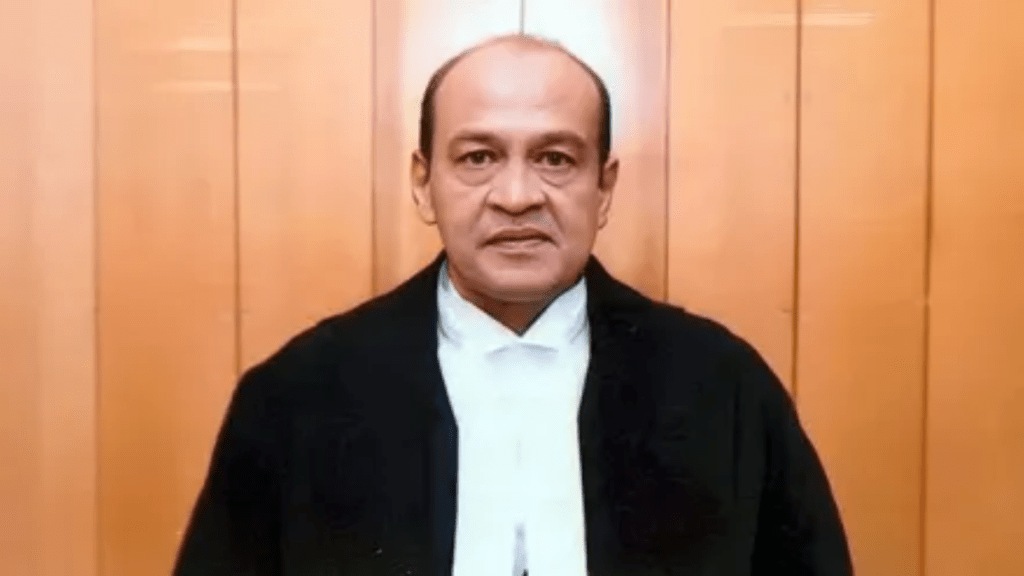The government is set to begin the process of collecting signatures for a motion to dismiss Allahabad High Court judge Yashwant Varma soon, as the majority of the prominent political parties have indicated their intention to support the motion for Varma’s dismissal.
Earlier this week, Union Minister for Parliamentary Affairs, Kiren Rijiju, said that while the process of obtaining signatures is set to begin shortly, a decision was yet to be taken on whether the motion would be introduced in the upper house or the lower house. A motion of this nature would require the approval of 100 Members of Parliament (MPs) from the Lok Sabha and 50 MPs from the Rajya Sabha.
The motion stems from the recommendations of an in-house inquiry following a fire at Justice Varma’s official residence earlier this year. Investigators recovered charred sacks allegedly containing currency notes, prompting corruption charges against Varma. Post the discovery of such evidence, Varma was transferred to the Ahmedabad High Court where he was curtailed of his judicial duties and not assigned any cases.
Monsoon session extended, may see motion tabled
The Monsoon Session of Parliament is scheduled to commence from July 21 to August 21, following a 10-day extension that was allocated at the last minute. President Droupadi Murmu has already agreed to the revised schedule earlier today. “The Government has enough business to conduct,” Rijiju told the press, without elaborating on the reasons for extending the session beyond the original end date of August 12.
Even if the motion for Varma’s dismissal is introduced in the upcoming session, it is rather improbable for the motion to reach the desired conclusion within the same period. Following the Judges (Inquiry) Act, 1968, once a motion for the dismissal of a judge is admitted in either House, the presiding officer is obligated to form a three-member committee that is then supposed to investigate the allegations levelled against the judge in the presented motion.
This committee would consist of the Chief Justice of India (CJI) or a sitting Supreme Court judge, the Chief Justice of a High Court, and a distinguished jurist. The committee is then mandated to compile its findings in an extensive report that is to be submitted to the parliament within three months, though an extension may be granted if deemed necessary.
Rijiju addressed ongoing speculation regarding the findings of a fact-finding panel, which was led by the then Chief Justice of India, Justice Sanjiv Khanna. He clarified that the panel’s report, while recommending next steps, was not sufficient on its own to initiate a removal motion in Parliament. Rijiju highlighted that the panel did not indict Justice Varma, reiterating that the constitutional authority for removing a judge rests exclusively with Parliament.
How was the case brought about?
The case was originally brought out by a fire incident that transpired at Yashwant Varma’s house earlier this year, during his tenure as a judge of the Delhi High Court. Which led to the discovery of several sacks of burnt currency notes in his outhouse. Justice Varma reportedly denied any knowledge of the money.
However, a Supreme Court-appointed in-house committee, led by then-Chief Justice of India Justice Sanjiv Khanna, found sufficient material—based on witness testimonies, including that of the judge himself—to recommend his dismissal.
Based on these findings, Justice Khanna later wrote to both the President and the Prime Minister recommending the removal of Justice Varma from office, commencing the constitutional process for the removal of a higher judiciary member.

